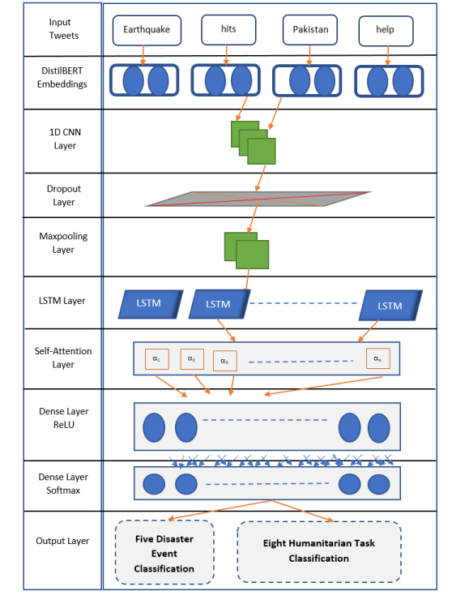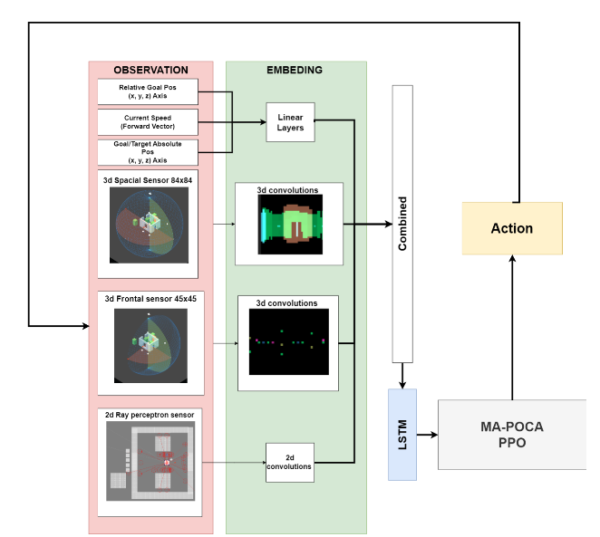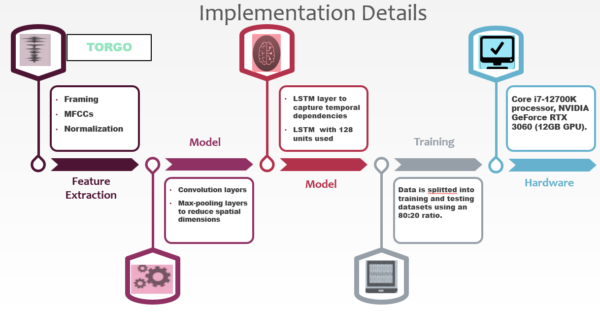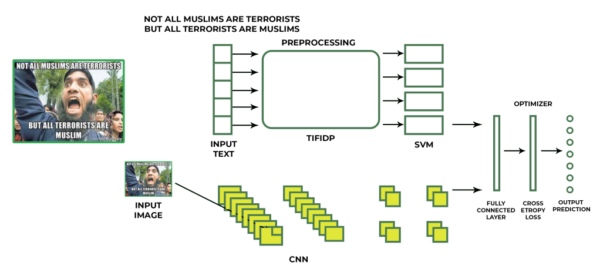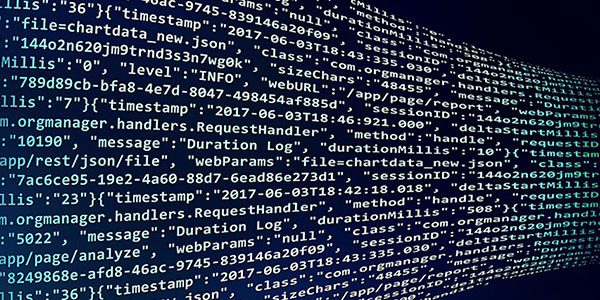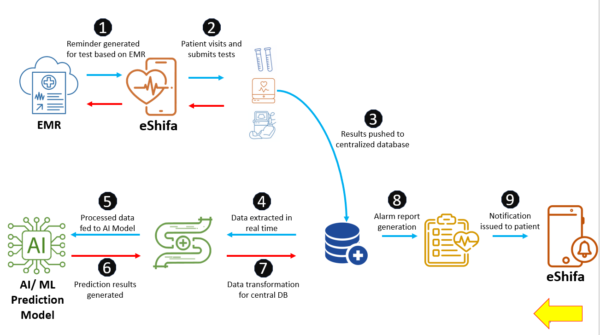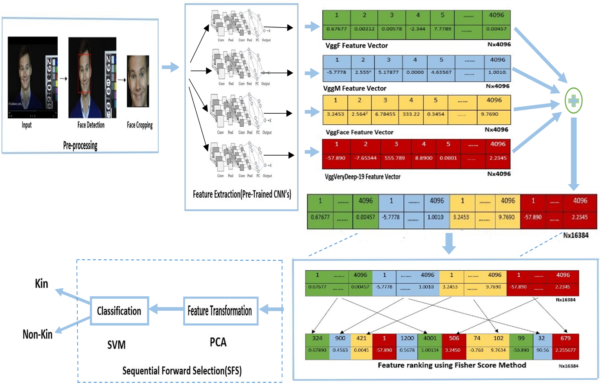
Deep Fusion Approach Towards Kinship Verification
Living in the modern age of technology where there are high slogans of face analytics, data mining, social media analysis, Kinship verification finds its way from the automatic tagging of pictures,videos to the surveillance,security,human trafficking control and many more applicable areas. Automated Kinship Verification answers the question that the two individuals are blood relatives or […]
